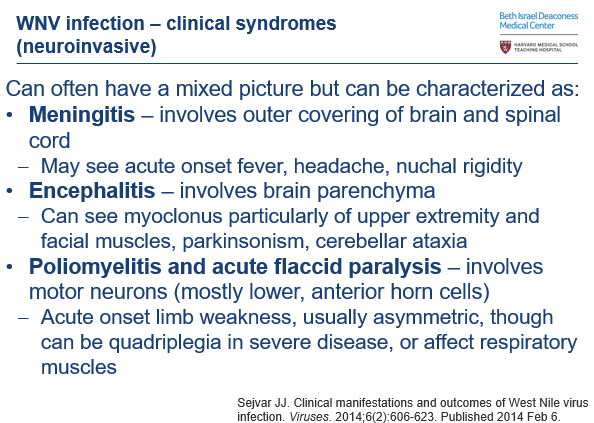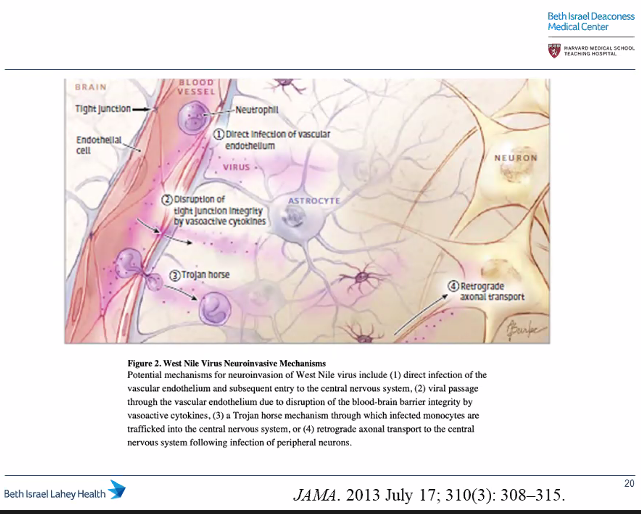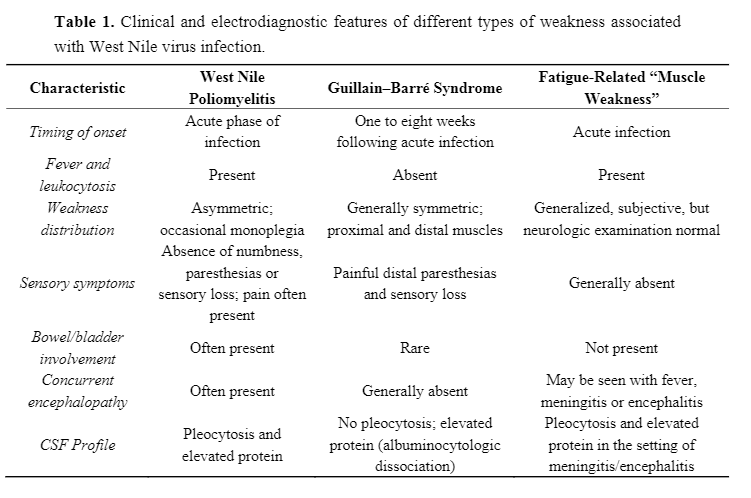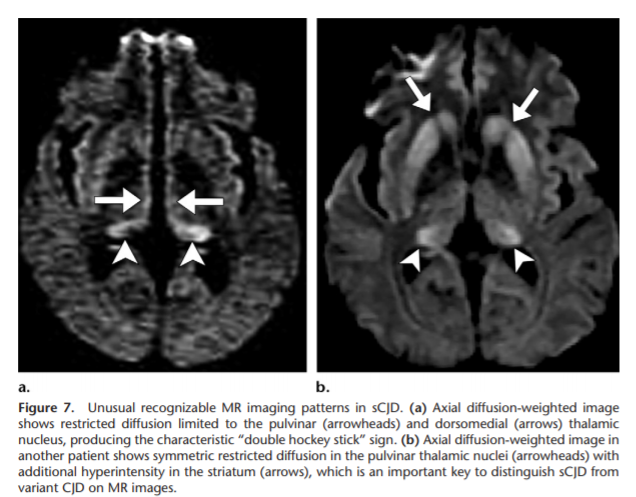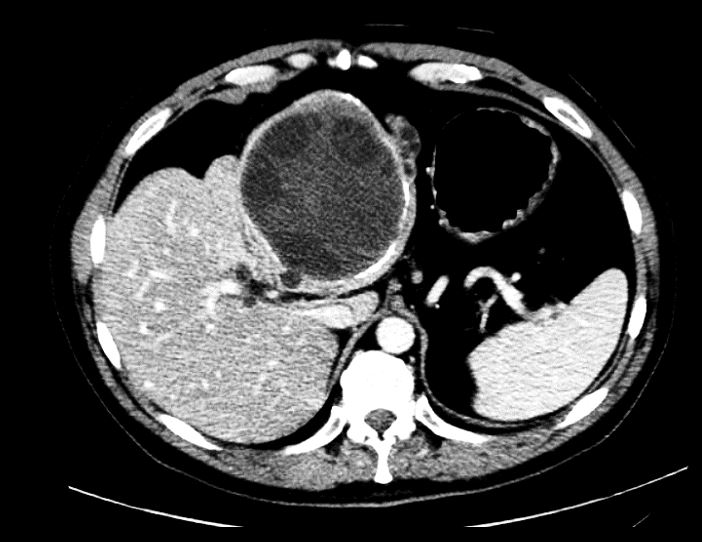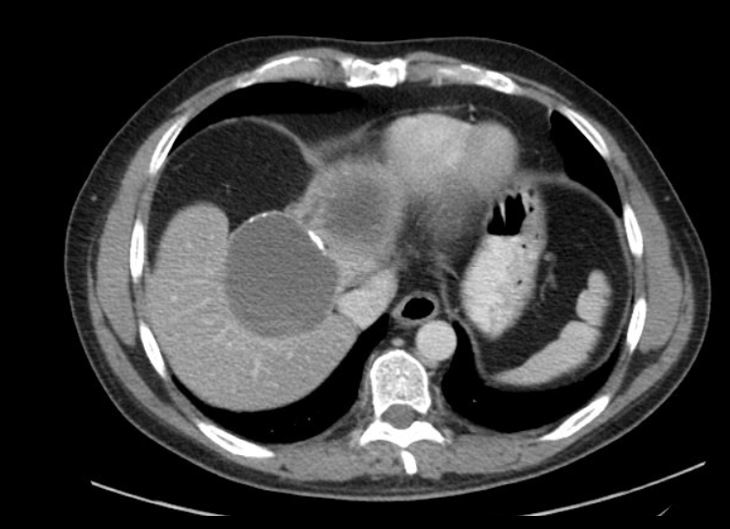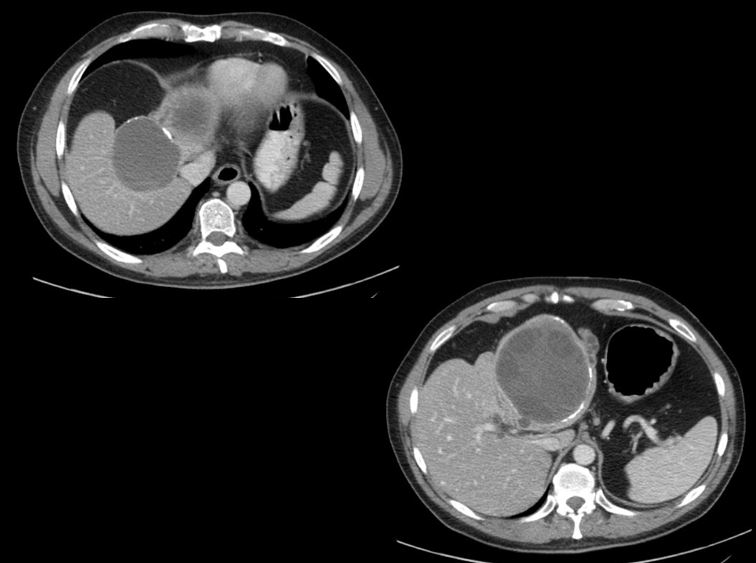
1/
A few fun and quick pearls from today's Friday conference: culture neg endocarditis!
#IDTwitter #IDMedEd #MedTwitter @ID_fellows
Q1:
Which of the following is the recommended tx and duration for Coxiella burnetii / Q fever endocarditis?
A few fun and quick pearls from today's Friday conference: culture neg endocarditis!
#IDTwitter #IDMedEd #MedTwitter @ID_fellows
Q1:
Which of the following is the recommended tx and duration for Coxiella burnetii / Q fever endocarditis?
2/
A1: The answer is Hydroxychloroquine + Doxycycline x 18mo, 24 months if prosthetic valve -- One of the longest ID treatment durations out there!!
Combination therapy is preferred because associated with highest cure rate
pubmed.ncbi.nlm.nih.gov/9927100/
A1: The answer is Hydroxychloroquine + Doxycycline x 18mo, 24 months if prosthetic valve -- One of the longest ID treatment durations out there!!
Combination therapy is preferred because associated with highest cure rate
pubmed.ncbi.nlm.nih.gov/9927100/
3/
Q2: Hydroxychloroquine?! -- Why doesn't monotherapy with tetracycline alone eradicate Coxiella burnetii?
Q2: Hydroxychloroquine?! -- Why doesn't monotherapy with tetracycline alone eradicate Coxiella burnetii?
4/
A2:
⭐️C.burnetii survives and replicates in acidic environment in monocytes/macrophages➡️which also accounts for the poor action of antibiotics
⭐️HCQ helps by alkalinizing acidic vacuoles and changing the intracellular pH to help doxy work better!
pubmed.ncbi.nlm.nih.gov/28478211/
A2:
⭐️C.burnetii survives and replicates in acidic environment in monocytes/macrophages➡️which also accounts for the poor action of antibiotics
⭐️HCQ helps by alkalinizing acidic vacuoles and changing the intracellular pH to help doxy work better!
pubmed.ncbi.nlm.nih.gov/28478211/
5/
Changing gears to Bartonella:
Q3: Bartonella endocarditis is treated with combination of tetracycline and aminoglycoside. Why can't we use tetracycline alone for this infection?
Changing gears to Bartonella:
Q3: Bartonella endocarditis is treated with combination of tetracycline and aminoglycoside. Why can't we use tetracycline alone for this infection?
6/
A3:
Tetracyclines are bacteriostatic while aminoglycosides are bactericidal
Pts who received regimen with at least 14d of aminoglycoside had greater likelihood of achieving full recovery
pubmed.ncbi.nlm.nih.gov/12546614/
A3:
Tetracyclines are bacteriostatic while aminoglycosides are bactericidal
Pts who received regimen with at least 14d of aminoglycoside had greater likelihood of achieving full recovery
pubmed.ncbi.nlm.nih.gov/12546614/
7/
Let's move to another pathogen:
Q4: In one large retrospective series from Germany, T.whipplei infection was the most frequent cause of cx-neg endocarditis. Take a guess at what %age of cases
Let's move to another pathogen:
Q4: In one large retrospective series from Germany, T.whipplei infection was the most frequent cause of cx-neg endocarditis. Take a guess at what %age of cases
8/
A4: T.whipplei was found in 16 (6.3%) of cases, outnumbering Bartonella/Coxiella/HACEK.
pubmed.ncbi.nlm.nih.gov/22135251/
A4: T.whipplei was found in 16 (6.3%) of cases, outnumbering Bartonella/Coxiella/HACEK.
pubmed.ncbi.nlm.nih.gov/22135251/
9/
Speaking of Whipple's, a reminder of this pathognomonic sign with CNS Whipple's:
Oculomasticatory myorhythmia (continuous rhythmic movements of eye convergence with concurrent contractions of masticatory muscles)
Check out video here: neurosigns.org/wiki/Oculomast….
Speaking of Whipple's, a reminder of this pathognomonic sign with CNS Whipple's:
Oculomasticatory myorhythmia (continuous rhythmic movements of eye convergence with concurrent contractions of masticatory muscles)
Check out video here: neurosigns.org/wiki/Oculomast….
10/
Will end with this paper that showed distribution of pathogens identified in culture negative endocarditis based on the diagnostic method used
pubmed.ncbi.nlm.nih.gov/29381916/
Will end with this paper that showed distribution of pathogens identified in culture negative endocarditis based on the diagnostic method used
pubmed.ncbi.nlm.nih.gov/29381916/

11/
Thanks to @EAMerchant for giving a great review on culture negative endocarditis. This was only a snippet of all the learning!
Thanks to @EAMerchant for giving a great review on culture negative endocarditis. This was only a snippet of all the learning!
• • •
Missing some Tweet in this thread? You can try to
force a refresh


